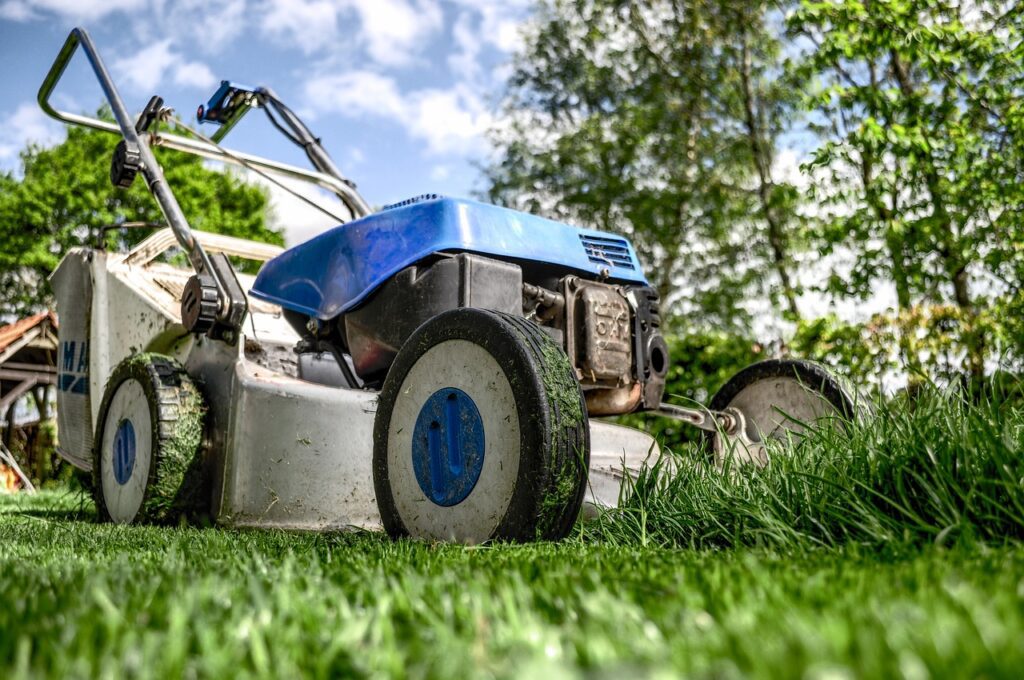In our last blog titled “The Holy Grail of Green Grasses: Few People Actually Know This Part Exists – Do You?”, we talked about the importance of the Crown in a grass plant. We explained how the blades and the roots in a grass plant can grow back, but the Crown is the end-all, be-all to the life of the grass plant, so we want to make sure to protect this part from any direct effects of disease or damage. Now that we understand its role in the plant, we want to provide some proactive tips on how to keep the Crown of a grass plant in its healthiest state throughout the year.

Let’s start by analyzing the mowing height of a lawn and its direct effect on the Crown of a grass plant. (If you need a reminder as to where the Crown is located on a grass plant, refer back to this blog for a picture diagram.) Because the Crown is the key part to a grass plant’s ability to live or die, we want to make sure that the Crown stays protected. In the peak summer months, cutting your grass at 2.5 – 3 inches in height is a very happy medium. This height is just high enough to allow for the grass blades to provide shade to the Crown, thereby protecting it from extreme heat and direct sunlight. Yet, this height is just short enough to allow space for other tillers (baby grass blades) to grow in on each grass plant in order to help the lawn to become thicker. The thicker the lawn, the more resistant it becomes to lawn disease, weeds and insects. Additionally, applying fertilizers throughout the Spring, Summer and Fall months that contain different concentrations of essential elements in accordance with the seasons creates the ideal environment for hyper-resilient and lush lawns.

Another thing to analyze on this topic is the value of overseeding here in Northeastern Wisconsin. Up here, we get all the seasons and all the temperature fluctuations. A lot of people don’t know this, but because of our harsh winters, the average lawn can lose as much as 15% of its density every year. (**Important Note**: This statistic significantly declines when you have a Winterizer Fertilizer applied in the Fall. To learn more about what a Winterizer Fertilizer is and its many benefits, read here. Or, to get a quote on how much it would be for us to apply our Winterizer Fertilizer to your lawn this year, submit this quick form.) This makes it a bit tricky for the grass plants to be able to propagate enough to thicken in density year after year. Therefore, it is very helpful to the lawn when overseeding is applied once each year for best results. When more seed is applied over the pre-existing grass, the new seeds help to replace the older Crowns that are not propagating as many tillers (baby grass blades) to keep up with the life cycle of the plant. Overseeding can be done in the fall or the spring. Our company does not provide overseeding services at this time, but we have partnered with a referral company we trust who helps many of our customers in this area. Simply submit this form for more information.
Follow us on Social Media for Daily Blog Post Updates Here: https://www.facebook.com/StormTheLawnPro/

